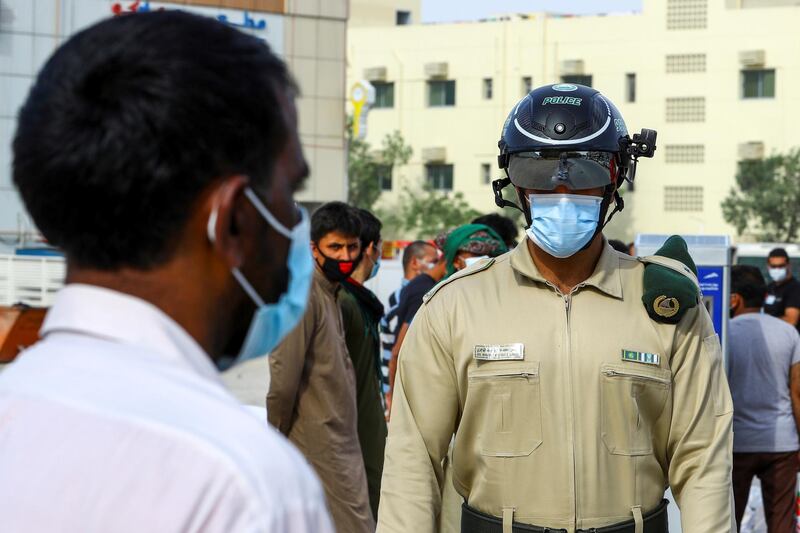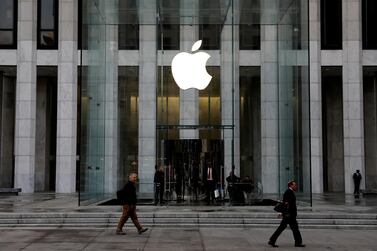The global coronavirus lockdown is prompting a certain amount of impatience. People are eager for normality to resume. Authorities are equally keen, but have a responsibility not to inadvertently trigger a second-wave pandemic.
With vaccines undergoing a lengthy process of development, much of the burden of responsibility is being shouldered by technology. On one end of the scale, Apple and Google are joining forces in a rare display of unity. At the other, an engineer on YouTube has fashioned a laser-equipped hat that inscribes a 2 metre-circle around him.
Technology cannot destroy the virus – but can it help us avoid it?
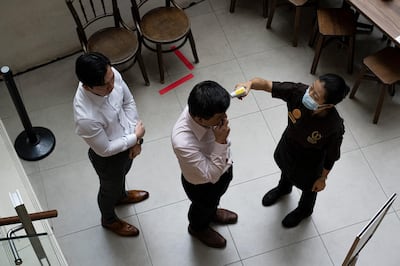
In Singapore, the mass testing of temperatures via hand-held scanners has been partly credited for the country’s low number of Covid-19-related deaths. That strategy is now being widely used, including at Amazon and Walmart premises in the US. But with scanner operators having to break social distancing rules to do their job, there is a growing interest in specialised thermal cameras that can do the task safely.
One Chinese company, Rokid, has even created a pair of thermal glasses that boast the ability to detect the temperatures of 200 people in two minutes at a 3-metre distance.
One study, however, has shown that half of Covid-19 hospital admissions in China had no fever. The implication is that people displaying atypical symptoms could be spreading the virus.
More accurate testing methods exist, but they lag behind global targets. So there is a growing focus on methods of monitoring and enforcing social distancing.
Existing technology already plays a part. Publicly available mobility reports from Apple and Google use smartphone location data to show how obediently lockdowns are being observed, which then allows patterns to be assessed and decisions to be made.
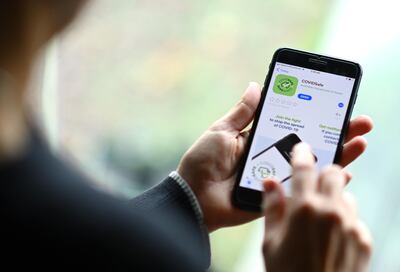
But governments now demand more detailed information about people’s movements. Countries such as the UAE, South Korea, Australia, Spain and Hong Kong have introduced officially approved apps that use Bluetooth technology to build databases of phones that were reported to be close to each other at a certain point in time. If the owner of a phone tests positive for Covid-19, a list of previous contacts can be warned.
This form of contact tracing is not foolproof; there is a chance of fleeting contact triggering unnecessary warnings, and for exposure to coughs and sneezes to trigger no warnings at all. But it is the most potent technological weapon currently available. The drawback of these apps are they collect excessive amounts of personal data.
Apple, known for its more stringent privacy approach, prevents its devices from allowing these contact tracing apps to use Bluetooth in the background.
The French government has appealed to Apple for this restriction to be lifted, but the company is instead working with Google to create a contact tracing framework that uses anonymous data.
wIt works on the principle that an alert system does not need to know who you are or where you have been; merely which phones have been in proximity to one another. The first fruits of this endeavour are being unveiled this week, and according to Christina Popper, assistant professor of computer science at NYU Abu Dhabi, they could be very effective.
“The big advantage is that a high coverage of the population can be reached in a short time, since these companies combined have a large market share,” she says.
In India, fears about transparency surrounded last week’s announcement that smart wristbands would monitor the movement of Covid-19 patients. A technical document reveals an extensive list of personal routines that the wristbands will capture, and they are the kind that cause Popper and others in her field to be concerned.
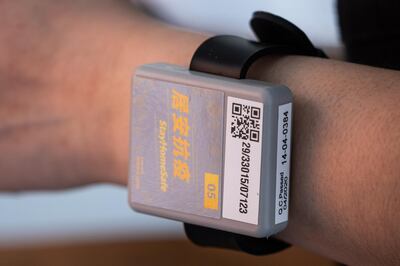
While these apps raise serious privacy concerns, they also represent the only available route back to a relative normality. As with so much in the fight against Covid-19, measures do not always have to be perfect, they just have to be good enough.
